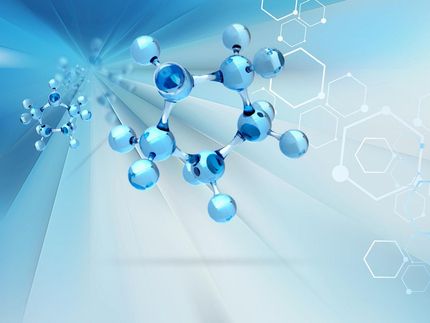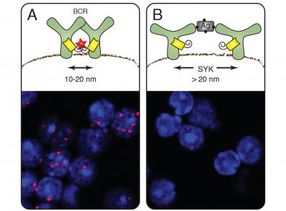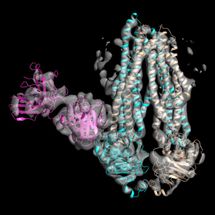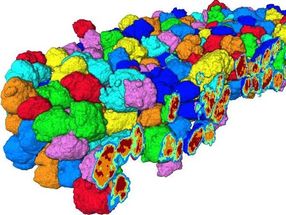Researchers Develop New Method for Producing Previously Unknown Compounds
An international research team has published a paper in the journal Nature describing a new process that simplifies the production of complex molecules
Advertisement
An international team of chemists has unveiled a new method to increase the reactivity of amines, compounds that feature in many of the world’s most widely used drugs. The novel approach promises to streamline pharmaceutical synthesis and will enable chemists to produce new molecules that have never been made before.
The research, published in the prestigious journal Nature and led by scientists from RWTH Aachen University in Germany in collaboration with numerous researchers from the United Kingdom, China and Italy, focuses on the activation of the central chemical bond within amines: the carbon-nitrogen bond. By activating this bond, the researchers have made it possible for amines to engage in cross-coupling reactions, one of the most powerful strategies for assembling complex molecules from simpler fragments. The researchers were able to activate different classes of amines and perform successful cross-couplings with a broad range of other organic molecules, allowing for the synthesis of an array of different compounds.
Amine groups play a central role in the biological function of many drugs, including antibiotics, anaesthetics and anti-depressants. Historically, these functional groups have been used almost exclusively as static endpoints in synthesis, since direct manipulation of the carbon–nitrogen bond has been chemically challenging. The corresponding author Prof. Daniele Leonori, Chair of Organic Chemistry III at RWTH Aachen University, emphasizes that his team’s breakthrough represents a first step towards the use of amines in chemical synthesis.
With this new synthetic method, chemists can introduce small, yet critical changes to pharmaceutical molecules, making it much easier to produce chemically diverse pharmaceuticals with different biological functions – efforts that have, up until today, typically required many, painstaking individual steps. This new modification strategy can dramatically reduce the number of synthetic steps required to prepare and diversify drug candidates, saving time, cost, energy and labour.
“Being able to activate and modify amines directly will enable us to rapidly explore how structural changes affect biological activity,” Leonori notes. “This is a fundamental shift in how we think about and use these ubiquitous functional groups.”
Leonori envisions this work as the gateway to an entirely new chemical landscape: “I believe our approach will open the door to molecules that have never been made before. We are particularly excited about the possibility to apply this reactivity to the modification of biomolecules and polymers.”























































